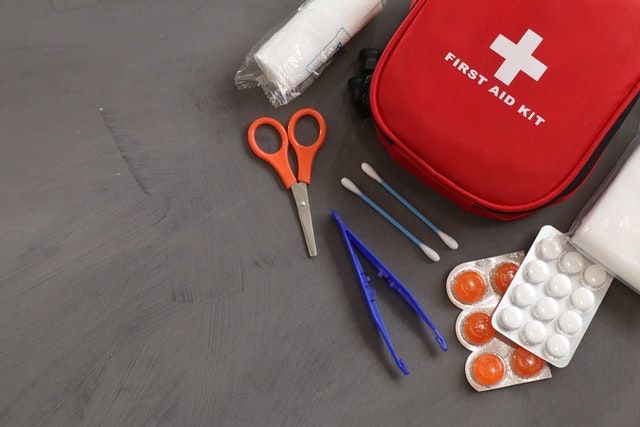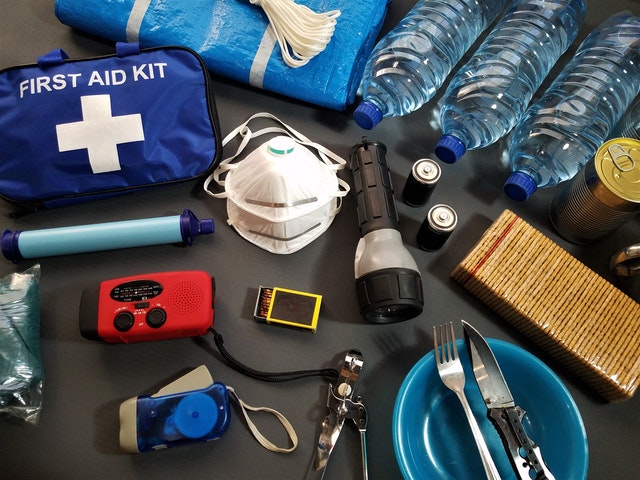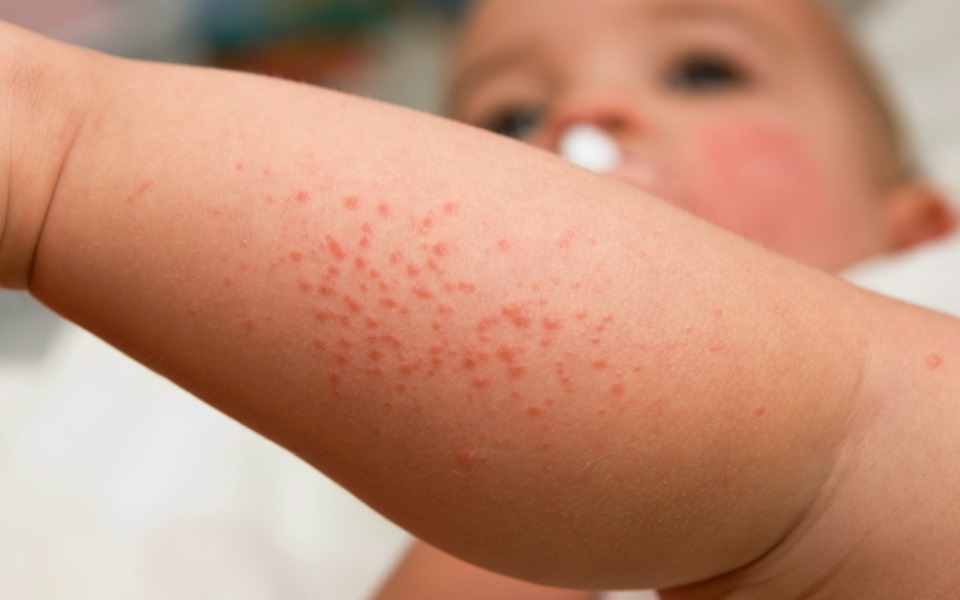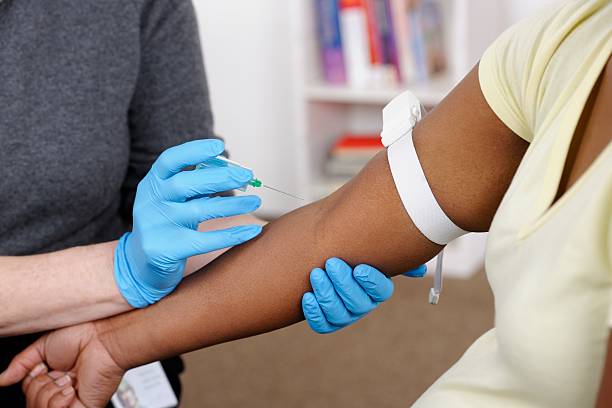There are many aspects to consider when buying a first aid kit for an outdoor activity such as camping. Our experience tells us that the first thing to consider is the activity you intend to do and the climate in which you intend to do it. For example, a first aid kit consisting of animal band-aids and a lollipop for the kids to use in the backyard will not work for an ice climbing trip to Scandinavia. If you find more information visit the website Firm6 Medical Supply.
Another important consideration is its capacity: if you opened your first aid kit, would you know how to use every item in it? Is it time to sign up for a basic first aid course? Even the most comprehensive first aid kit is useless if you lack the knowledge to provide basic first aid.
For this guide, let’s assume that we are going to participate in a low-risk camping activity.
Our definition of a low-risk camping activity:
- Falls from heights will be unlikely.
- The risk of immersion in dangerous water (cold, deep, fast current, etc.) will be minimal.
- Medical attention is available within an hour.
- Shelter, food and water are no more than 4 miles or an hour’s walk away.
- Always make sure you are competent to carry out any activity you plan to do. Use your judgment to determine the risk factor of your activity. Always be aware of factors beyond your control: a sudden drop in temperature or visibility can make any activity dangerous.
- Moving on to the first aid kit, the first thing that should be included in any first aid kit is personal medication, i.e. any medication you have been prescribed that you need on a day-to-day basis.
Waterproof First Aid Kit Bag
There is no reason not to have a waterproof first aid kit bag to hold the contents of your first aid kit. The items in your first aid kit should be kept clean and dry at all times; a wet first aid kit is almost as good as non-existent.

Flashlight/torch
You most likely carry a flashlight anyway, but you should always carry one in your first aid kit. This should be self-explanatory; first aid is much more difficult in the dark. Besides this, a flashlight is a great morale booster when an injured member of your group is motionless in the dark.
Whistle
Don’t just carry a whistle: carry one for each member of your party in case you have to split up or get separated for any reason. Not only is it necessary for calling for help, but it is just as important for signaling each other.
Scissors
They have a wide variety of uses in many first aid scenarios, from trimming bandages and gauze to removing clothing in an emergency. Try not to use them for general tasks and try to keep them sterile whenever possible.
First aid tape
First aid tape has an unlimited number of uses, from a makeshift splint to gluing gauze. Every first aid kit should have a roll.
Antiseptic cream
A small cut or graze is usually not a problem until it becomes infected and can lead to very serious complications. Applying an antiseptic cream to prevent this from happening can be very important.
Anaesthetic spray
Can bring relief from common mishaps such as burns, stings, bites, cuts and grazes. Be sure to read the package insert that accompanies the product for details of its use: different sprays can be used for different ailments.
Variety of gauze pads
Knowing when to use gauze is easy when you know its purpose: to help stop bleeding. A gauze pad is made of porous fibres designed to absorb and trap blood to help it clot. Do a little research on when to use gauze and when not to use gauze.
Eyewash
Some consider it unnecessary, but we like to carry an eyewash in our first aid kit so we know we have a handy, sterile wash available in case one of our own is involved in an eye-related incident.
Ointment to soothe burns
It’s surprising how common burns are on camping trips, even for the most experienced. They can happen very easily, but fortunately, they can also be treated just as easily with the right equipment.
Variety of bandages
This includes a variety of sizes, as well as shapes and types. Research bandages: learn how and when to use them. Learn how to use one in a splint, how to make a sling, how to make a tourniquet, etc. Knowing how to use each type will help you decide which type of bandage to stock your first aid kit with.



